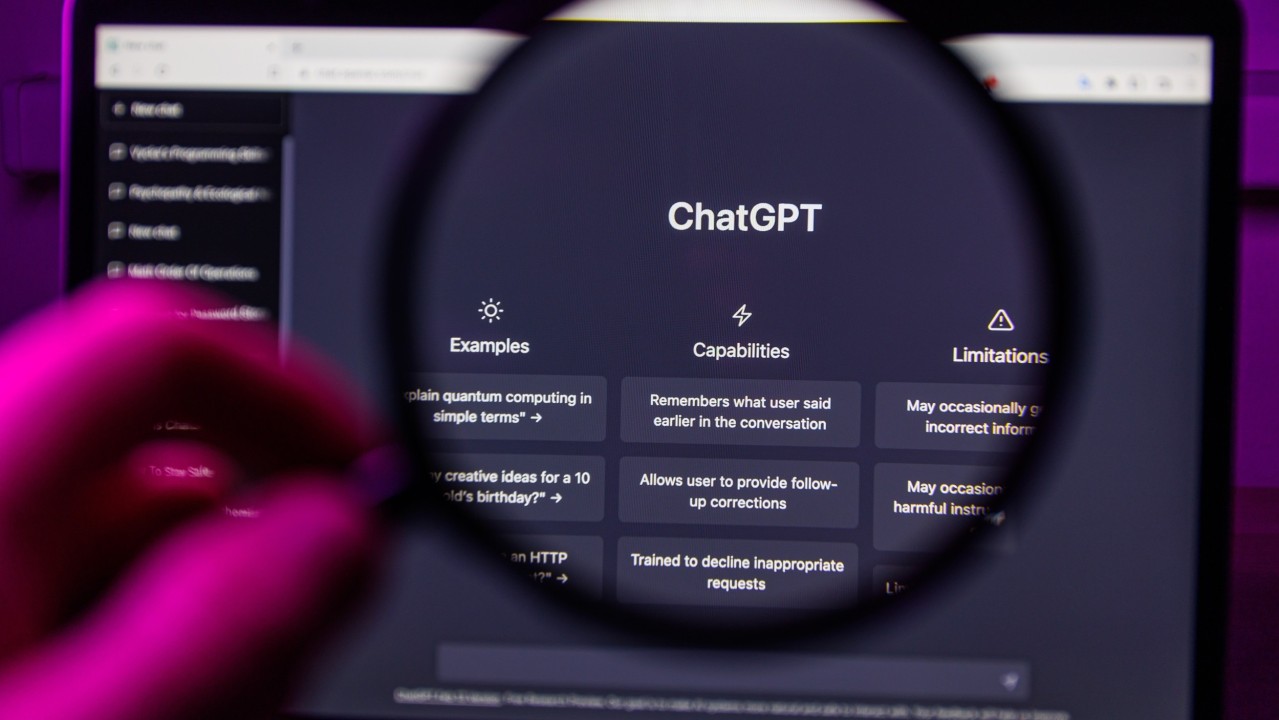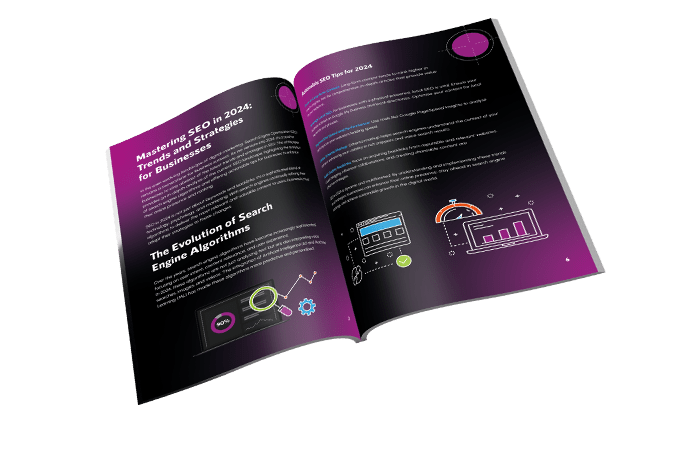News
5 Step Roadmap To Marketing Recovery – How To Thrive In The New Normal
The COVID-19 pandemic has impacted businesses in every way imaginable. For some, digital marketing campaigns have been scaled back, or paused entirely to minimise costs and stay afloat. Others have thrived off the back of record-high eCommerce demand, maximising advertising efforts to customers stuck at home.
However your business has fared over the past year, now is the time to review and reflect. To look to the future and form a strategic marketing plan for business recovery and success. Whether you are a brick-and-mortar establishment, online only, or a clever hybrid of the two, the new digital era is here to stay. It’s therefore essential that your business embraces a 360° approach to marketing.
In this article, we’ll explain how to create a fully connected marketing plan. Everything you need to help your business bounce back, for good.
- Review – Assess your business and key learnings from the pandemic.
- Adapt – Make changes to refocus your business and close any gaps.
- Succeed – Thrive in the ‘new normal’ with stronger, connected marketing.
The COVID-19 pandemic has impacted businesses in every way imaginable.
Now is the time to review and reflect. To look to the future and form a strategic marketing plan for business recovery and success. Whether you are a brick-and-mortar establishment, online only, or a clever hybrid of the two, the new digital era is here to stay.
In this guide, we’ll explain how to create a fully connected marketing plan. Everything you need to help your business bounce back, for good.
Complete A Free Digital Marketing Audit
Where does your business currently stand? Think about the successes and challenges you’ve had over the past year, and what you want to tackle next. Be realistic about your goals, and consider any challenges that could prevent you from achieving them.
Before you make any firm plans, it’s a good idea to review your company website and social media channels, and use this data to inform decision making.
To get started, complete a free web, SEO and social audit. This instant report will help you to understand what you’re doing well, and where improvements are needed. Assessing on-page SEO, usability, social media performance and more, this handy audit tool analyses your current digital offering to provide actionable insights and quick-win recommendations.
If you don’t have a website or social media channels set up yet, it’s time to make that all-important digital transition to futureproof your business. With the support of a trusted digital marketing agency, you can create a strong online presence to back up your physical or print marketing efforts. This helps more customers to discover your business, increasing competitiveness and return on investment.
Decide On Your Goals
What do you want to achieve? Analyse your audit results to identify any gaps or existing challenges within your business. This data is crucial for setting measurable goals and developing a strategic marketing plan for success.
Whether you want to increase brand awareness through social media campaigns, drive more traffic to your web shop to boost sales, or make technical tweaks to optimise site performance, every business has its own unique strengths and weaknesses. What have you learned, or struggled with during the pandemic? And what changes must be made to overcome these barriers?
On reflection, you may notice new areas for business development, or opportunities to deliver more value to your customers. Remember that your customers’ needs may also have changed over the course of the pandemic, so look out for any shifts within your target demographic. Competitive analysis at this stage is highly recommended, to compare business performance within your industry and see how you stack up.
Take the time to really consider your products or services and the unique benefits they offer, along with your target market, budget, timescales, and staff resource. You should also be conscious of changing COVID restrictions and the potential challenges your business might face, and put any necessary health and safety safety measures in place to remain fully compliant in the new normal. Planning for business continuity is key.
Choose Your Channels
Now that you’ve established your goals, the next step is to decide on the most relevant marketing channels to execute your strategy, and the metrics you’ll use to measure campaign success. KPIs are crucial at every touchpoint. By tracking each stage of the customer journey across platforms, you’ll gain deeper insight into what works, and where the pitfalls are that limit performance.
To achieve a connected marketing strategy, consider expanding into new digital areas. This could include copywriting for your company blog, creating how-to explainer videos, growing your business network with effective LinkedIn Outreach campaigns, or even showing clients around your premises on an interactive, virtual building tour.
Prioritise quality over quantity; it’s unnecessary and time-consuming to keep up a brand presence across every digital or social platform. Instead, ensure that the channels you choose to market your business are effective. Research your target market, and make informed decisions about which channels they are most likely to use. Exposing your channels to the right customers at the right time will maximise performance.
Try not to worry too much about what others are doing, or what’s popular right now. While jumping on new trends can be beneficial to demonstrate a reactive brand presence, trends are time-sensitive, and won’t always be relevant to your business. For example, it probably doesn’t make sense to focus on delivering fun TikTok mobile videos, if you’re selling home stairlifts to an audience of pensioners.
Use your common sense and be authentic – focus on what’s right for your brand and customers. Your marketing strategy plan could have an exclusively digital focus (e.g. web, email, PPC, SEO, social). Or you could take a ‘best of both’ approach and incorporate print marketing too. Whatever suits your business best, the aim is universal: to create a fully connected customer experience. That’s why having an online presence is no longer optional. By linking the dots between your marketing channels, you make it easier for customers to find your products and services, and increase your longevity.
Lighten The Workload
You have a marketing masterplan. Now all you have to do, is do it. Easy, right?
Not necessarily. In the aftermath of the pandemic, many businesses are still in the process of bringing staff back to work, or managing operations with a reduced workforce where job cuts have been made. The opposite scenario may also be the case – where staff resource is available, it isn’t always possible to devote the time and attention needed to optimise marketing campaigns due to the multitude of projects going on. All businesses are trying to bounce back from the pandemic stronger, and each will require different levels of support to achieve their goals.
If in-house marketing isn’t an option for you, or you’re struggling with time management to deliver campaigns effectively, outsource this work to a reliable digital marketing agency. Working as an extension of your marketing team, an agency can create regular digital content with bespoke imagery and videos, and even manage your social media content calendars and LinkedIn Outreach programs for you. Job done.
Better yet, outsourced marketing packages are often cheaper than hiring a fulltime member of staff, and can be tailored to meet your specific requirements. That gives you total peace of mind that everything is being handled for you, with cost and time savings delivered back to you. For many businesses, that’s a worthwhile investment.
Measure Your Success
Don’t forget the most important step of all. Now that your marketing plan is being rolled out, make sure it works! Check monthly activity against your initial goals and KPIs – are you hitting your targets, or falling short of the mark? It’s just as crucial to assess what isn’t working or connecting with your audience as you’d hoped.
If you have Google Analytics set up, you can easily track your website, SEO rankings and paid ads data. Each social media channel also has analytical tools to assess post performance, or you can use content scheduling tools like Sprout Social to compare cross-channel reports. If you outsource your marketing to a digital agency, your account manager will usually handle monthly reporting for you, highlighting any key insights and making helpful recommendations.
Consider which KPIs are most important to your campaigns. If your aim is to build brand awareness, review your impressions, follows and engagement rate. If you’re more focused on increasing sales, check your clicks to website, conversion rate and revenue. It’s also wise to think beyond the numbers, looking at the wider context of your marketing. Are you serving the right audience? Is your messaging on-brand, appropriate and authentic to your business, products and services?
Measuring success is more than seeing green figures on a spreadsheet. Think customer-first and continue to tweak your marketing plan as you go, setting a little of your budget aside each month to test out new approaches. Don’t be afraid to take controlled risks, guided by the data. By combining measurable insights with consistency and authenticity, you’ll benefit from a cohesive brand presence that connects with your target market and delivers the results you want.





The Ultimate Social Media Guide
With the ever-growing power of social media, we use the latest techniques, video, and animation software to craft eye-catching social media assets that make your brand pop. Our designers, wielding Adobe Creative tools, create distinctive animations and graphics to illuminate your brand story and highlight your products or services. Want a unique design? No problem – we also offer bespoke designs to match your brand aesthetic.